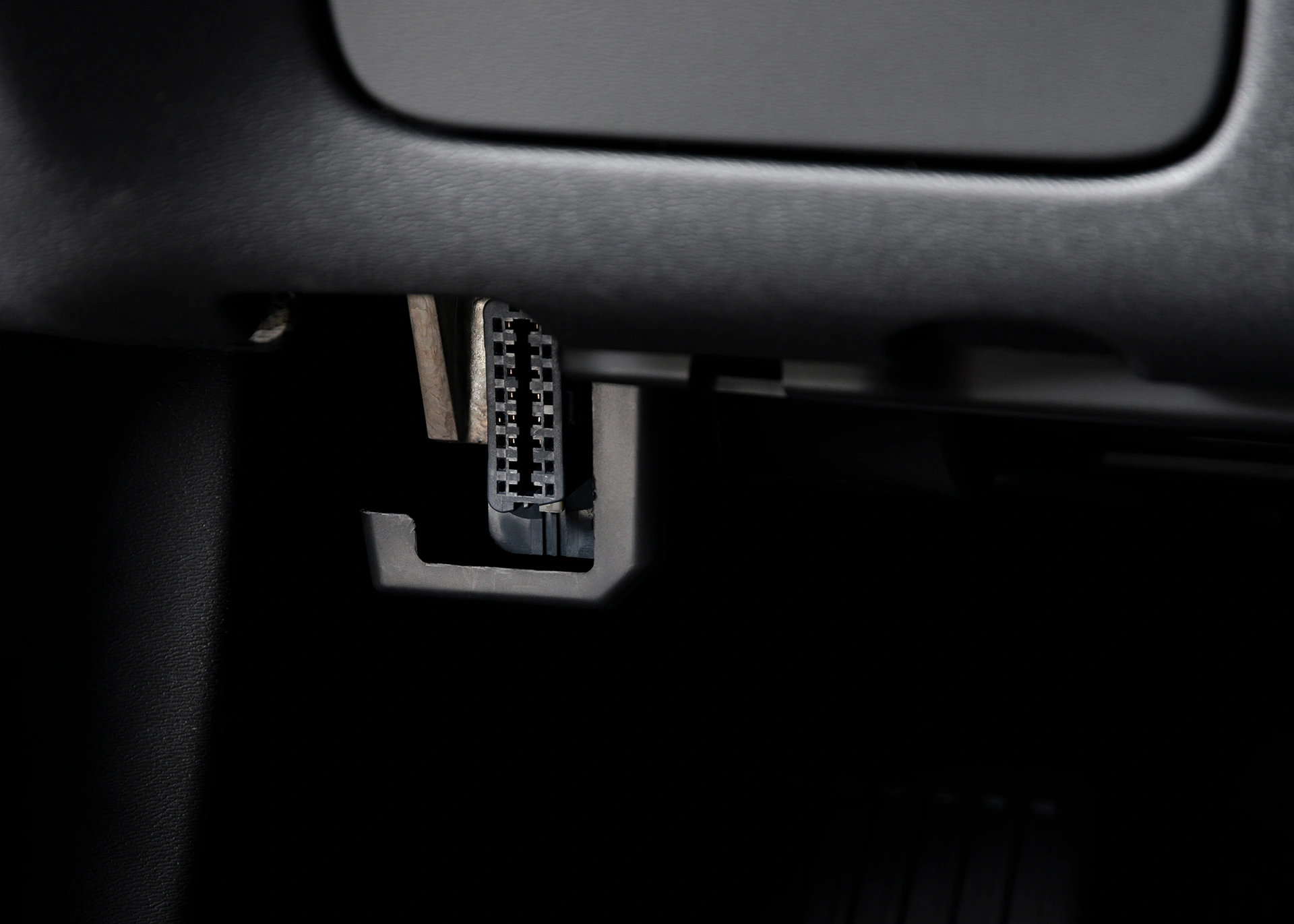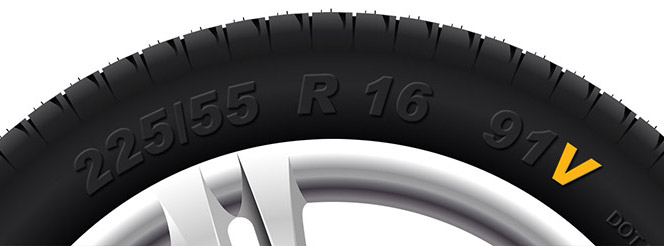What are OBD readers & OBD Ports?
Published on: Monday, 26 September 2022 | Author: Jack Dreyer
The car world has always been one of cutting edge, high-tech innovation. But comparing the cars of 60 years ago with those of today is often like comparing a rock to an iPhone – though they did make beautiful cars in the 60s. Today’s cars are more and more looking like sci-fi spaceships with self-driving capabilities, superwide infotainment, advanced security, cameras, personalisation, LiDAR, and so on.
But, with so much tech in a car, how do you talk to it and how do you troubleshoot problems? The key is through OBD ports and OBD readers.
What does OBD stand for?
OBD stands for On-Board Diagnostics. Broadly speaking, it’s used to refer to specific information that’s only accessible to technicians – information that can be used to diagnose problems. In more common usage, it refers to a particular type of standardised interface that was introduced in the early 80s.
Much like USB for computers, OBD is the standardised interface that will let a technician plug in a reader into your car in order to see practically every bit of information.
The plugs are standardised in order to allow for consistent communication between a reader and the car, without having to have a specific diagnostic tool for each car. Imagine, for example, how much of a pain it’d be if you had to buy specific cables that only work with your brand of laptop – standardising ‘interfaces’ makes life much easier for those who have to use them.
When was OBD invented?

While it may seem ultra high tech, the earliest digital on-board diagnostics systems started to be shipped in the early 80s with higher-end General Motors cars like the Eldorado & Seville. They gave rudimentary information on a somewhat limited list of faults using “Idiot Lights” – that is, lights that lit up on the dashboard without giving any information as to the fault. Exactly the same as the Check Engine, Check Oil, and other dashboard lights in many vehicles still on the road.
The intention behind the original OBD systems was actually to be able to more reliably pass the newly-legislated emissions testing in California, but it was more widely implemented throughout all car models in the mid 90s.
Are there different types of OBD?
While there is a variety of interfaces aside from OBD, OBD is the most common. There are two types of OBD: OBD 1 and OBD ii (OBD 2) – the OBD ii interface is now the most common type of interface for cars made in America & Europe.
OBD ii offers significant advantages over the first generation interface and has further standardised the ability to use a single reader to interface with almost any car. In Europe, the regulation since 2001 (for petrol engine cars) is EOBD but is essentially the same as OBD ii.
Where is my OBD port?
The OBD port location can vary greatly between vehicle makes and models – from the glovebox to the fuse board.
This tool by CarMD will let you find the OBD port location for most vehicles, but only lists the OBD locations of cars in North America. So Vauxhalls, for example, aren’t listed. But if you can’t find your particular car on the tool then you certainly will find the location in your owners’ handbook or maintenance guide.
Need help with fault lights?

The main reason for looking into OBD readers is to find out how to solve problems that dashboard lights highlight. If you’re having trouble then it could be anything from as simple as a sensor needing replacement to serious engine work – so it’s best to trust the experts.




